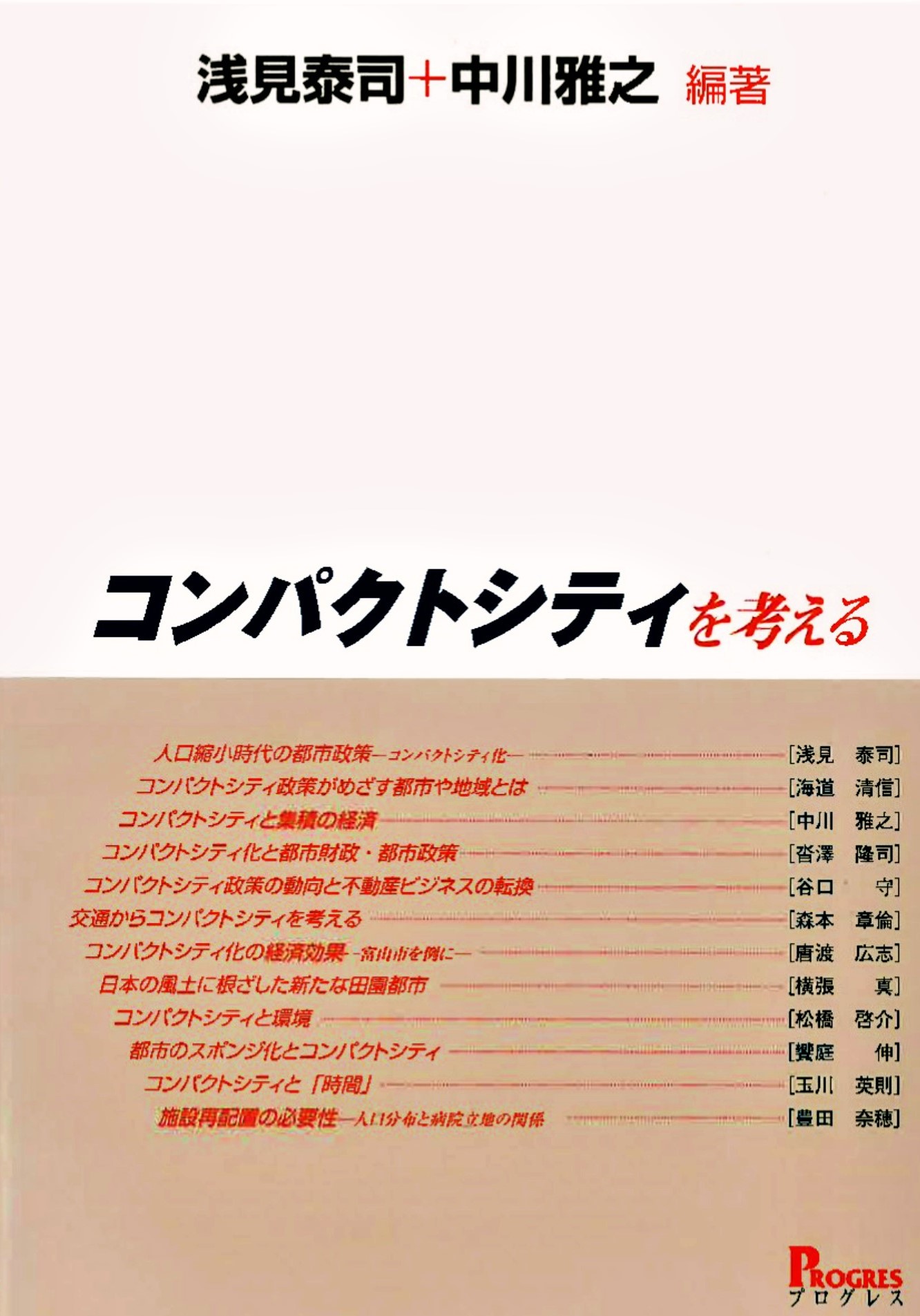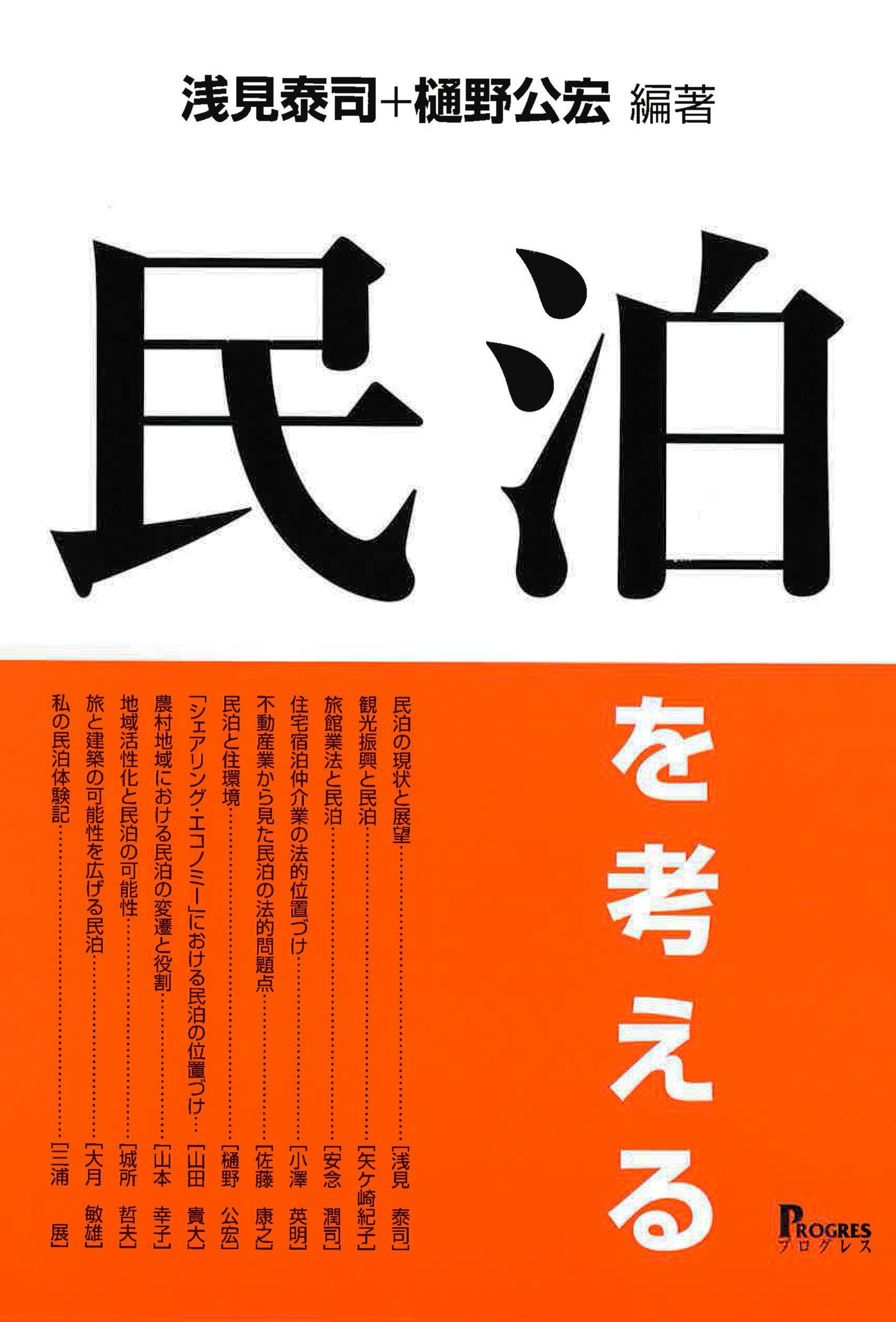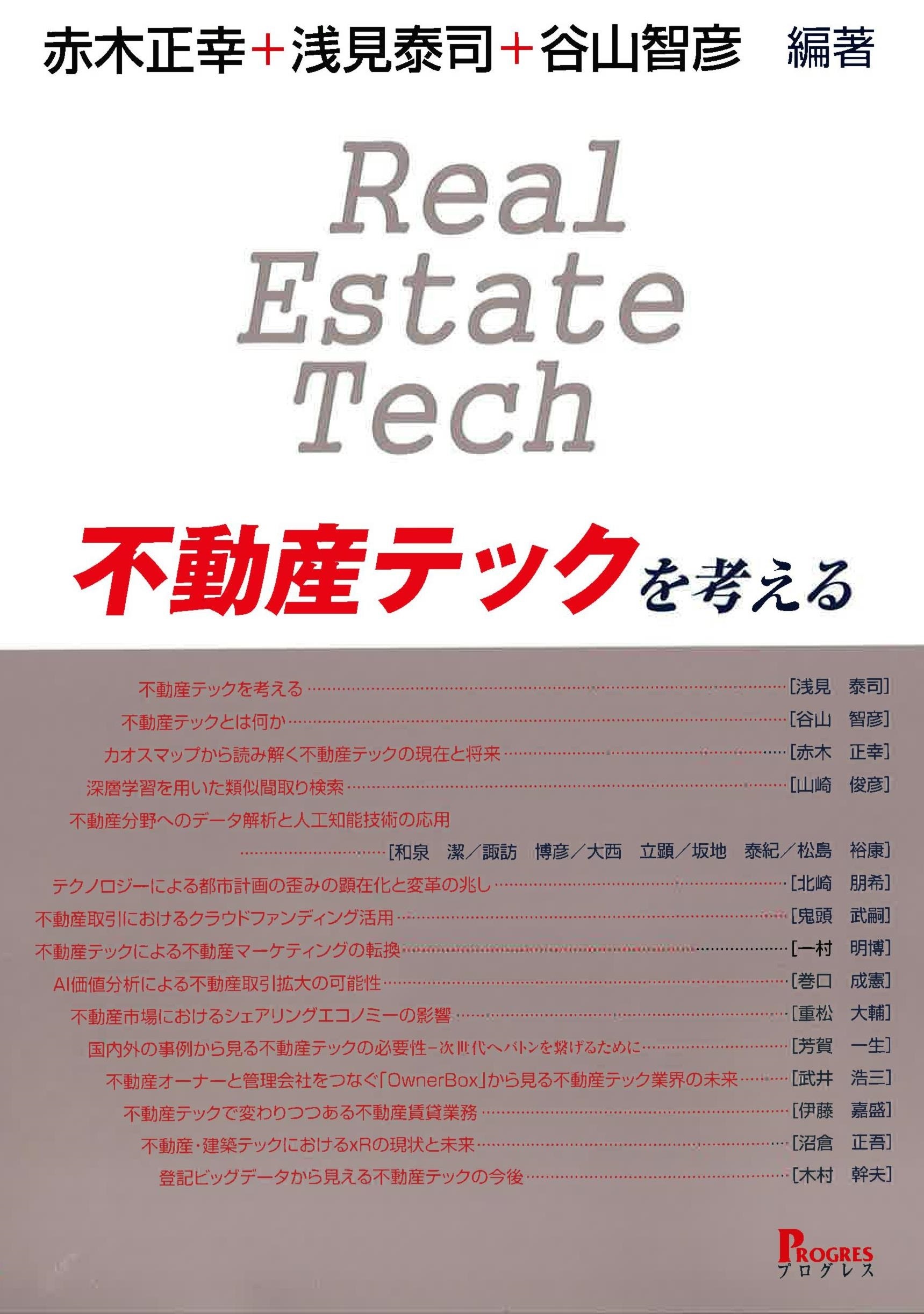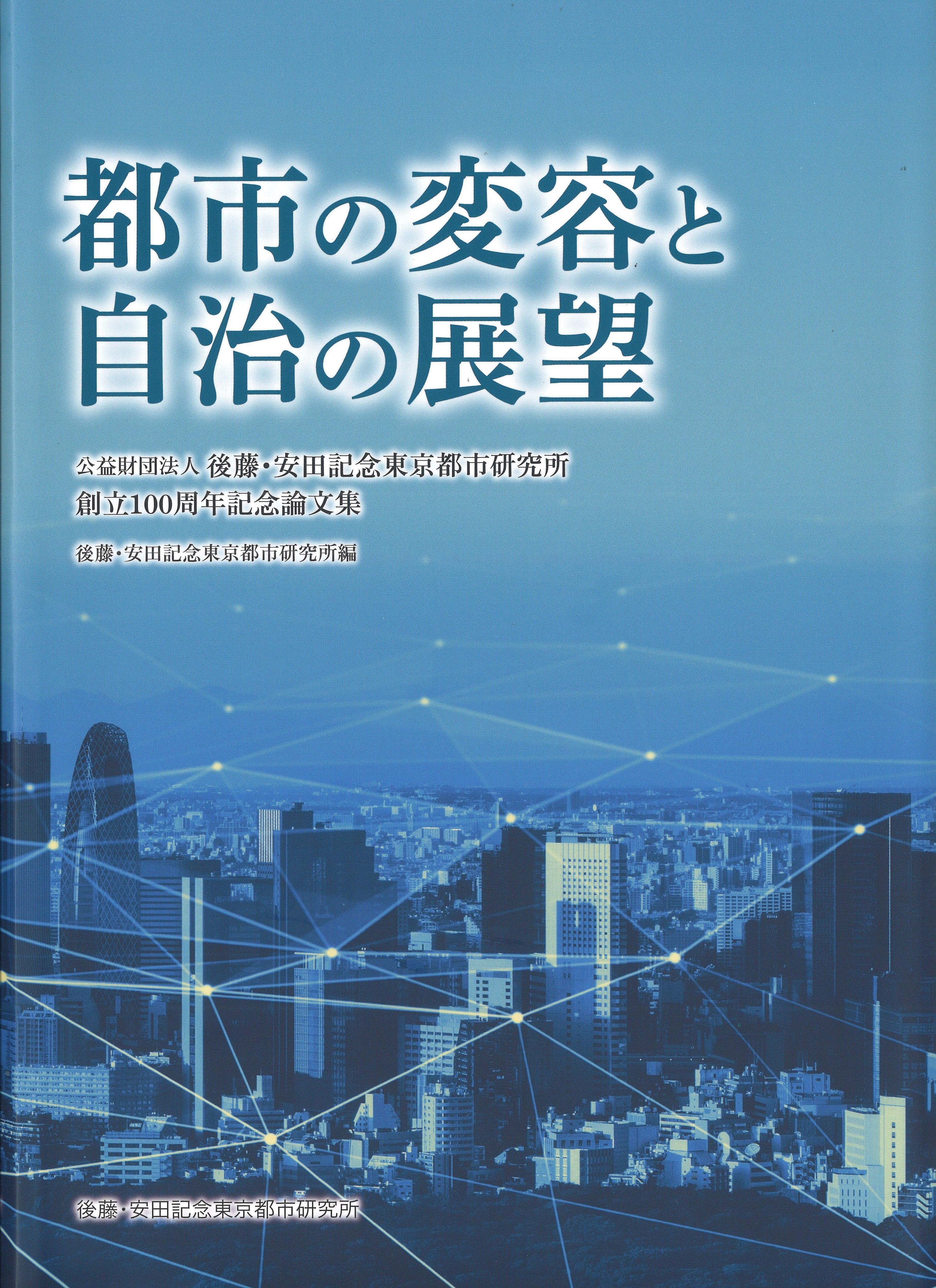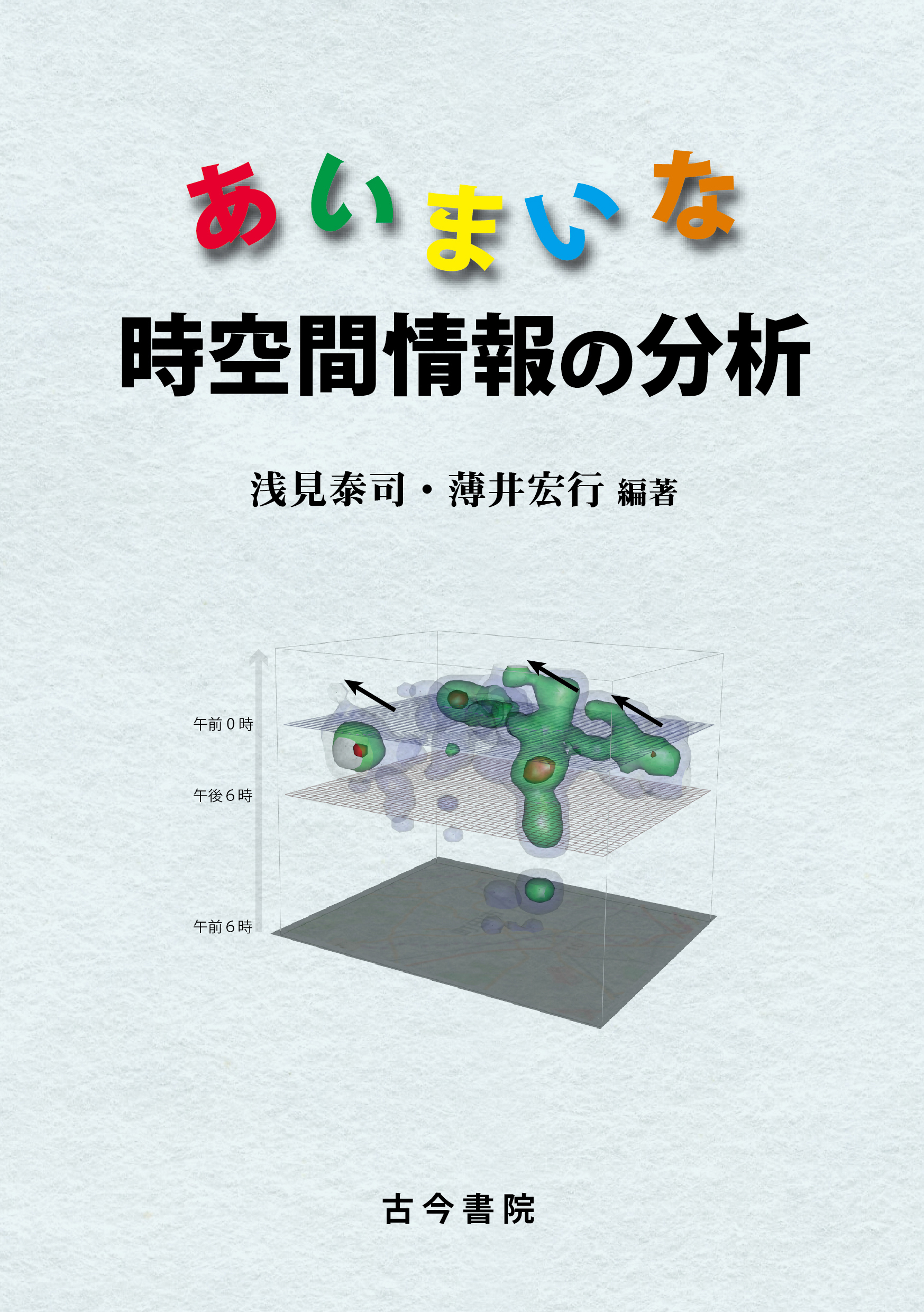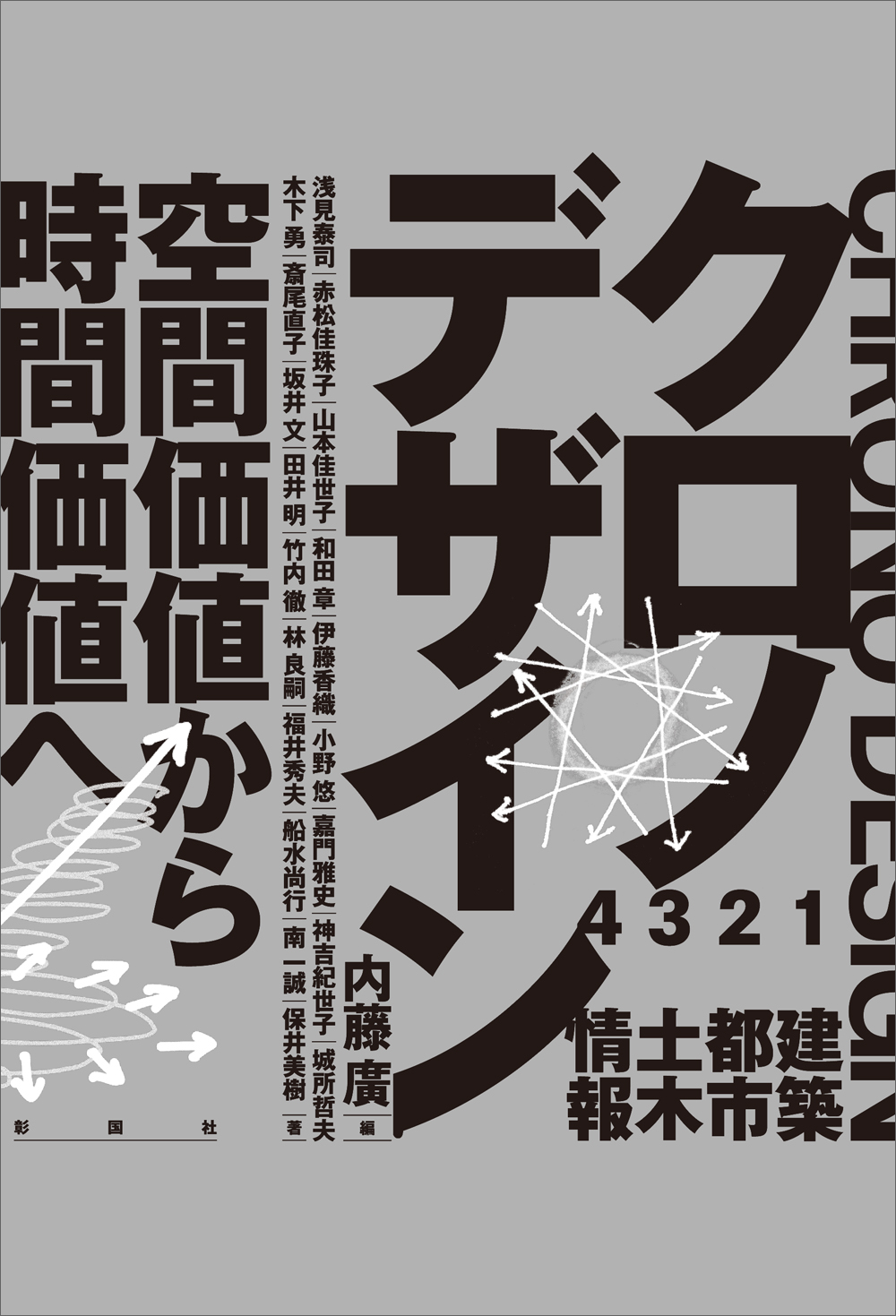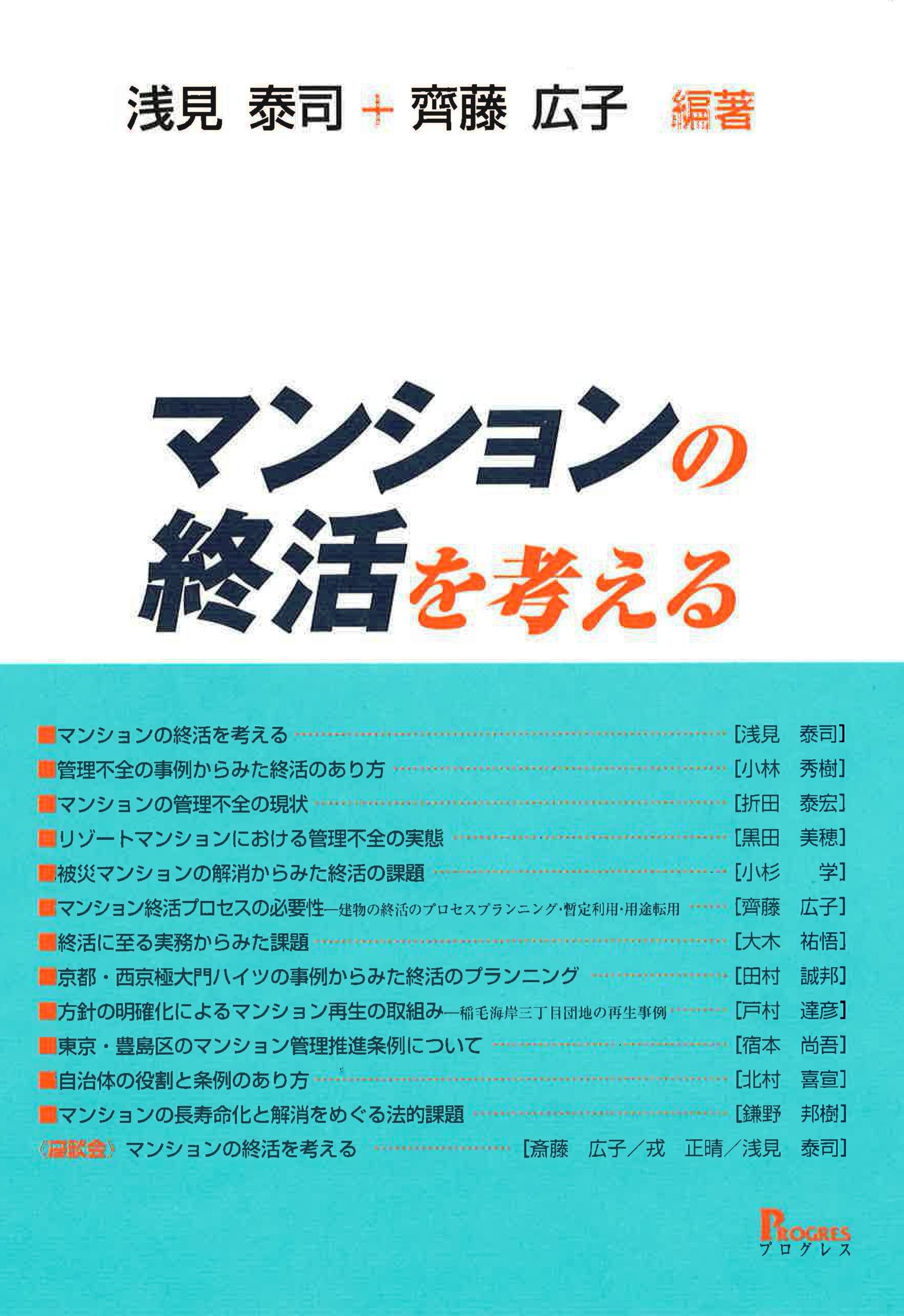
Title
Manshion no shukatsu wo kangaeru (Considerations regarding the end-of-life of Japanese condominiums [manshion])
Size
244 pages, A5 format
Language
Japanese
Released
June, 2019
ISBN
978-4-905366-90-4
Published by
PROGRESS CO., LTD
Book Info
See Book Availability at Library
Japanese Page
The Japanese term manshion (“mansion”) frequently refers to a housing complex comprised of one or more fire-resistant, reinforced concrete buildings, which are divided into individually-owned units. Housing complexes of this nature first appeared in Japan more than 50 years ago. Demand for the manshion (below, the English term “condominium” will be used in place of manshion) especially rose in the 1970s; as of 2019, approximately ten percent of Japanese persons reside in one of these types of condominiums.
Certainly, condominium buildings are constructed to be robust, but their quality declines over the years of their life cycle. During their initial construction boom, there was no need to consider how to “end the life” of these structures. Legal provisions for condominiums were provided under the Act on Building Unit Ownership. However, when this law was first established in 1962, there were no stipulations regarding how to terminate a condominium. Since then, procedural provisions have not been sufficiently established on how to end the life of a condominium. Here, the “end-of-life” (EOL) of a condominium refers to its demolition, and, in some cases, the termination of the building-unit ownership relation. In fact, a system is in place for condominium buildings that do not meet earthquake-resistance standards, but it only applies to these specific condominium buildings. Meanwhile, there are not sufficient EOL provisions for the majority of said buildings. This is an issue faced by all existing condominiums.
Older condominiums are often let, meaning that there are many units where both an owner and a renter (lessee) simultaneously exist. Further, many condominiums have deteriorated structurally, while others experience poor or insufficient management. When a building no longer fully functions as a viable “condominium,” what is the best way to end its life? Based on this shared awareness of the EOL issue, this book presents the writings of 13 authors who provide detailed expertise on condominium sites and businesses.
General remarks are first provided regarding the EOL of Japanese condominium buildings, with a summary of related concepts and statements regarding desirable practices. Section 1 is titled “Case studies on the end-of-life of condominiums.” It presents what we can learn from cases regarding such things as the disposition of ownership rights, etc., in cases where management has broken down or where condominiums have been damaged by natural disasters, etc. Section 2—“Practical work at condominium end-of-life”—describes, using examples, practical issues related to the termination of a condominium’s life. Section 3 is titled “How to proceed smoothly with the end-of-life of a condominium” and discusses local government systems and legal issues involving condominiums. Section 4—“Roundtable discussion: Considerations on the end-of-life of condominiums”—discusses several issues: the significance of condominium EOL, the role of a condominium management association, legal system scenarios for closure, the need for a condominium guardianship system, future work, etc.
As the book title clearly states, it serves as an opportunity to consider the EOL stage of condominiums. Readers gain an understanding of related problems and valuable suggestions toward solutions to these problems. It is expected that this book will stimulate progress on related research in condominium EOL and studies that can be linked to revising and strengthening existing systems to establish a full-scale system for appropriate management of condominiums throughout their lifetime.
(Written by ASAMI Yasushi, Professor, School of Engineering / 2020)



 Find a book
Find a book


